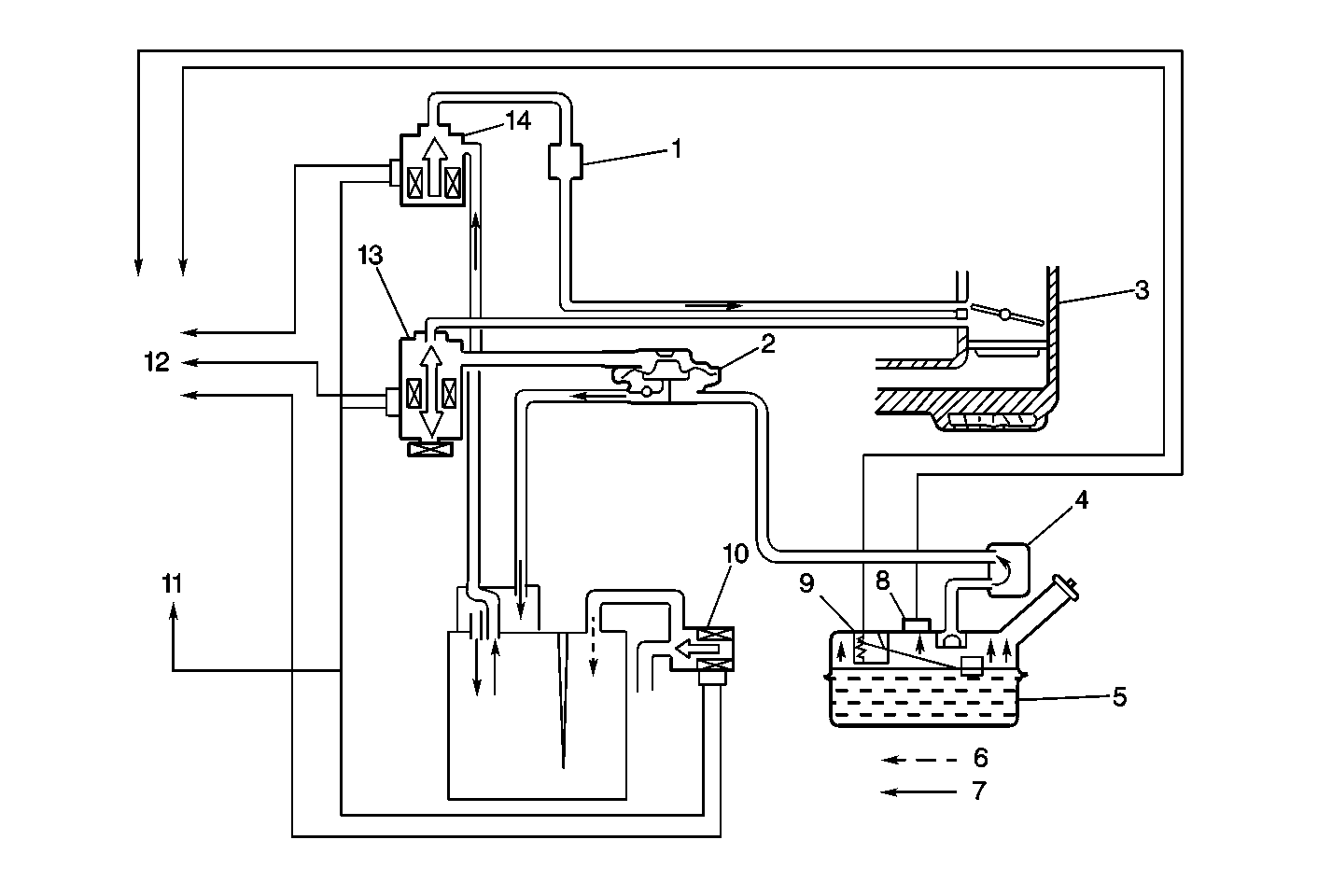The EVAP control system limits the fuel vapor emissions to the atmosphere. The EVAP control system transfers the fuel vapor from a sealed fuel tank to an activated carbon (charcoal) storage device (EVAP canister). The EVAP canister will store the fuel
vapors until the engine is able to use them.
The EVAP control system is required to detect evaporative fuel system leaks as small as 0.040 inch. between the fuel filler cap and the purge valve. The system can test the evaporative emission system integrity by applying a vacuum signal (ported
or manifold) to the fuel tank. This will create a small vacuum that can be monitored for leaks.

